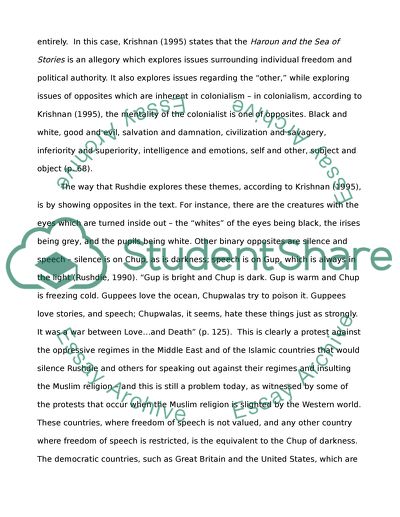Cite this document
(“In Haroun and the Sea of Stories, the question 'What's the use of Essay”, n.d.)
Retrieved from https://studentshare.org/literature/1469615-in-haroun-and-the-sea-of-stories-the-question-what
Retrieved from https://studentshare.org/literature/1469615-in-haroun-and-the-sea-of-stories-the-question-what
(In Haroun and the Sea of Stories, the Question 'What'S the Use of Essay)
https://studentshare.org/literature/1469615-in-haroun-and-the-sea-of-stories-the-question-what.
https://studentshare.org/literature/1469615-in-haroun-and-the-sea-of-stories-the-question-what.
“In Haroun and the Sea of Stories, the Question 'What'S the Use of Essay”, n.d. https://studentshare.org/literature/1469615-in-haroun-and-the-sea-of-stories-the-question-what.


